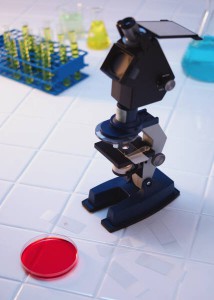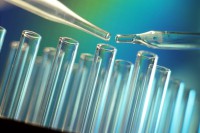
Although rare, breast cancer does affect men. Roughly 1 percent of all cases occur in men, meaning a few thousand U.S. males are diagnosed with breast cancer every year. As with female breast cancer, the male form typically begins with lumps and progresses if untreated.
The way men seek diagnosis and treatment has evolved over the years. As awareness campaigns and media spotlight increased the visibility of the disease, a larger number of men are getting screened and treated for breast cancer risk factors.
The Hamilton (Ontario) Spectator recently reported a trend of men electing to undergo a double mastectomy as treatment — and as a preventive measure upon discovering genetic risk factors. A recent JAMA Surgery study found that contralateral prophylactic mastectomy surgery had risen from 3 percent to 5.6 percent among male patients with one tumor.
“A Culture of Awareness”
The increase in male patients receiving mastectomies comes on the heels of other recent reports about changes in the way breast cancer is diagnosed and treated. Some research has suggested that frequent mammograms in women had led to over-diagnosis.
The preventive double mastectomy option — highlighted by actress Angelina Jolie’s treatment due to BRCA1 gene mutation — has sparked debate about elective surgery conducted based on risk factors rather than the presence of cancer.
Authors of the JAMA Surgery have concluded that men should carefully weigh all options when facing information about breast cancer risks and cancer treatment options. Tissue removal may only be beneficial for some patients.
For more information about innovative cancer treatments, contact us at Issels®. We provide non-toxic therapies and immunotherapy, with an emphasis on personalized care.





